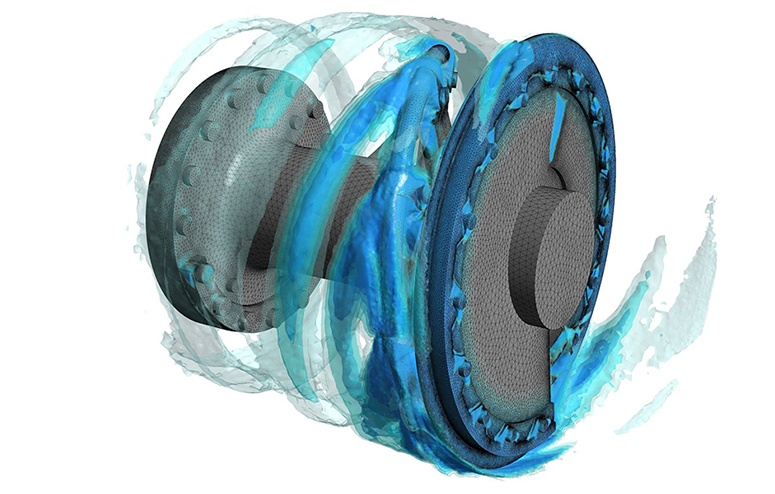Streamlined TEC design ensures quality front and tail end control, with significantly reduced parts
One of the most aggravating quality performance issues in a rod mill is poorly shaped tail ends and malformed “knots”. Superior tail end control (TEC) is an absolute necessity to prevent this from happening while rolling small diameter, high-speed products at optimal capacity.
Current state-of-the-art TEC plate technology can be a number of systems, from a continuous trough, to many plates bolted to a hub covering 360 degrees. Maintaining and replacing these systems takes time. In addition, there are further complications in ensuring that a plate style system fits correctly and does not contact the split ring.
Dogmatically, rolling mill experts believed that 360 degrees of tail end control were both optimal and necessary to achieve the ideal control of tail ends at high speeds. Fieldwork and testing have since proven differently, and that the TEC design itself can have a detrimental effect on the pattern exiting the laying head.
Russula’s streamlined design simplifies the process, ensuring quality front and tail end control, with significantly reduced parts. This is accomplished by minimizing the TEC plate to be to as short as required to deliver proper tail ends while creating the best possible laying pattern. The design consists of only four components or segments attached by eight bolts, covering less than 180 degrees.
The simplified process of maintaining and replacing fewer components signifies that mill operators can run production at maximum capacity while reducing delays due to the maintenance of the plates, which is intensive and challenging. With this new design, there are fewer components to maintain and replace, and changing them is much easier yielding substantial savings in maintenance costs.

